Drexel's Scale-Fighting Force Field Protects Air Conditioning Systems From Mineral Deposition

- Mosquitoes' Bloodsucking Tubes Could Enable High-Definition 3D Printing
- Drexel Selects New, World-Class Life Sciences Building at 3201 Cuthbert Street for Medical Research Operations
- Breakthrough on Gene Therapy for Hereditary Spastic Paraplegia
- Drexel Environmental Collaboratory Releases Cross-Sector Findings on Severe Weather Recovery Challenges
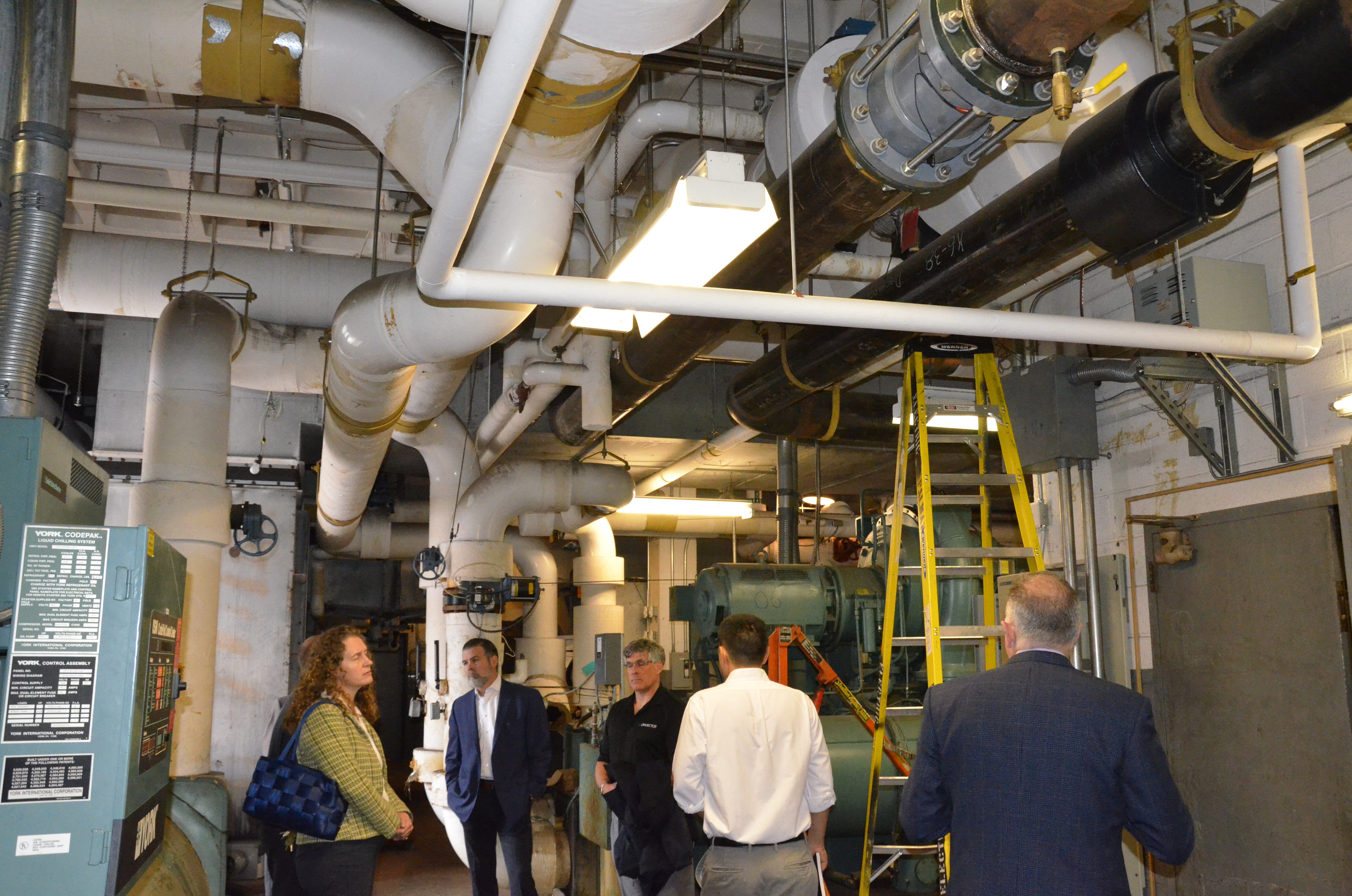
Drexel technology is helping to keep HVAC systems running leaner and lasting longer by using an electric force field to prevent harmful mineral deposition.
Building-scale heating, ventilation and air-conditioning systems tend not to get much attention unless they’re malfunctioning. But in these types of systems — which account for roughly 10 percent of all energy consumption in the country and are the largest users of water — even the smallest problems are amplified by the scale of the operation. One naturally occurring phenomenon, mineral deposition or scaling, is the root of a number of problems that could menace water-cooled HVAC systems. Drexel University Professor Young Cho, PhD, who has studied the problem for decades, invented a device that can generate an electric field to ward off scaling in systems of all sizes.
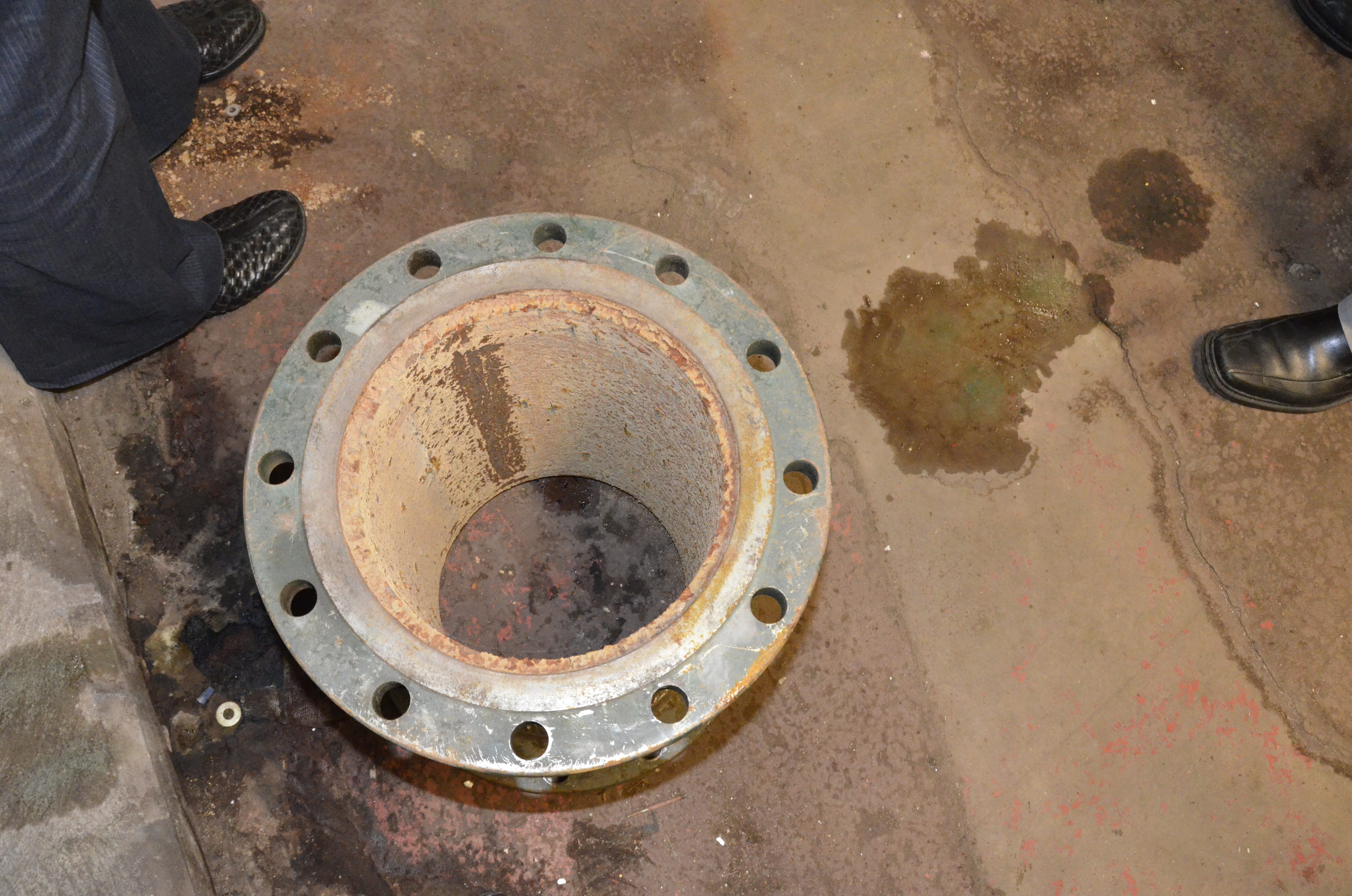
“Scale” is the common name for layers of minerals deposited on surfaces due to evaporation of hard water. It’s often found in showers and bathtubs. Tartar buildup on teeth is actually one form of it. But in building cooling systems it can cause serious problems — from resource-wasting inefficiency to operation-stifling malfunctions.
“It’s an efficiency problem,” said Cho, a professor in Drexel’s College of Engineering. “Reduced efficiency increases operating cost for facilities but could also cause system failure that would cost hundreds of thousands to repair and leave buildings without air conditioning for weeks, cause data center cooling to fail, or make production at a manufacturing plant go down.”
Common water-cooled chiller and HVAC systems use a grid of 40-50 half-inch copper condenser tubes filled with water from an open cooling tower. For HVAC, air is cooled as it passes through a heat exchanger and transfers heat to this cooling water in the tube menagerie. Then, cool air is piped into buildings via their ventilation system.
Millions of gallons of cooling water, that naturally contains small amounts of calcium, pass through the tubes each year — providing ample opportunity for scale to form. When scale builds up on the inside of these tubes it creates an insulating layer that reduces the cooling efficiency. This means the system needs to run longer and consume more power in order to cool the building, which can cause a spike in the building’s energy use.
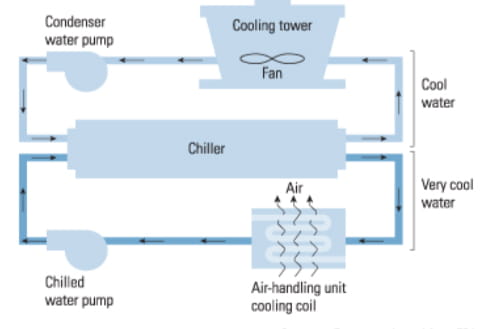
But the procedures in place for dealing with the threat of scaling can be just as harmful and inefficient as the problem itself.
To prevent scaling, building operators will often “bleed,” or discharge some of the concentrated water, and push new water — “makeup water” — into the system to keep the concentration of dissolved mineral ions below the point where scale is likely to form. In the massive systems that cool buildings, this could result in hundreds of thousands of gallons of additional water use.
Current scale removal procedures, which range from scraping it out with a snakelike brush to adding acidic chemicals to the water, can wear holes in the pipes or require operators to pay for additional treatment of the chemical-laden water when it exits.
“Prevention using chemical scale inhibitors works, but it is impossible to keep chiller tubes perfectly clean because evaporation of water is constant and progressive, and over time energy losses are huge,” Cho said.
Cho’s solution prevents the deposition process that forms scale by turning the dissolved calcium hardness into soft particles.
“We found that if we could turn the calcium ions into suspended particles, they would bond with other bicarbonate ions, which are naturally present in the water, to form larger calcium carbonate particles and more of them. This prevents calcium hardness from sticking to heat exchanger tubes,” Cho said.
The technology, dubbed “ion pinch” for its ability to snag the calcium ions before they can attach to the condenser pipes, creates an electric field that protects the surface of the pipes. Using little more than a 5-volt DC power, the device modulates the calcium-swatting force field 26 million times per second — 26 MHz.
The concept of shielding pipes via electricity arose from Cho’s background in heat transfer, fluid dynamics and acoustic work at the Jet Propulsion Lab. Cho knew that if he could create a low-voltage electric field with just the right frequency along the surface of the pipes it could precipitate scale-causing mineral ions from water, thus preventing them from settling on the pipes.
“The induced electric field, which oscillates with time, provides molecular agitation to charged mineral ions such that dissolved mineral ions, such as calcium and bicarbonate, collide and precipitate with the help of impurities in the water,” Cho said.
Low-voltage radio frequency oscillating electric fields can be applied to water to convert dissolved calcium ions to suspended calcium carbonate particles, which then grow over time as cooling water is continuously circulated in the cooling tower.
Cho began lab testing his work in the mid-1990s and by 2001 he’d found a research partner in Bill Taylor, then Drexel’s chief facilities manager, who was willing to give the technology its first real-world trial. Taylor had been charged with operating and maintaining Drexel’s buildings since the early 1980s and by the time he met Cho he’d become somewhat of a facilities guru for the University. Always on the lookout for ways to improve energy efficiency and preventative maintenance procedures, Taylor liked the idea of a non-chemical scale prevention technology and had the perfect facility to test it.
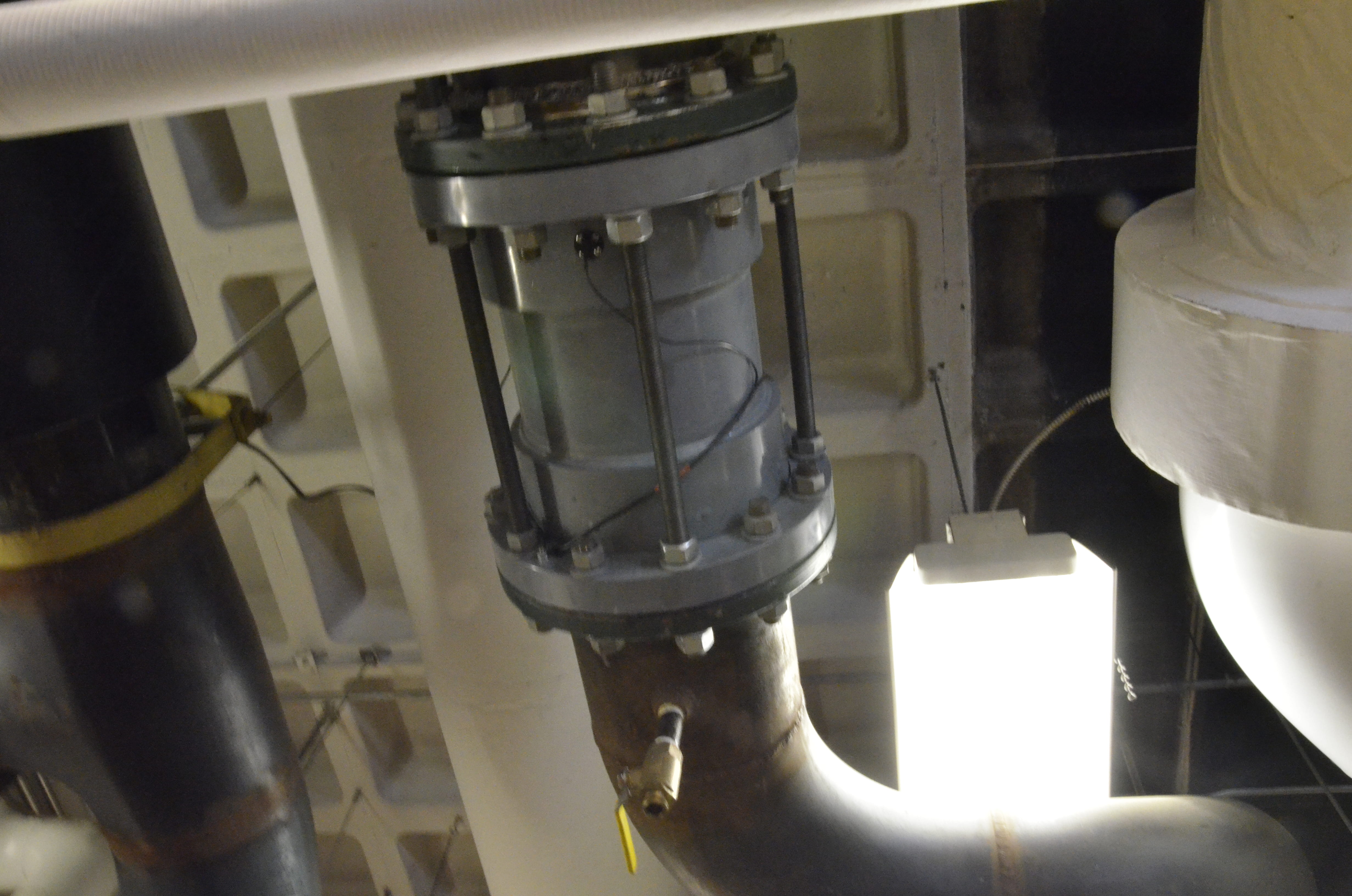
“We installed Dr. Cho’s first ‘electronic descaling’ device — which was basically a 14-gauge wire wrapped 50 times around a feed pipe to the heat exchanger — on one of two identical 450-ton chiller units on the roof of the Korman Center,” Taylor said. “Korman has two chillers so we could get simultaneous side-by-side data points.”
The units serviced several of the adjacent buildings as well, dividing the work of cooling roughly the same square footage of workspace, presenting a perfect test subject — and control — for Cho’s experiment. Each hour for the entire cooling season the team collected data on the outside air temperature, the temperature of the water going into the system, the temperature of the water exiting the system and the energy used.
The results were quite promising. Not only did the unit with the electronic descaling device use 36 percent less energy than the control unit, but the test unit’s pipes were also scale-free.
The returns put Cho on a track of developing the technology and commercializing it via a spin-up company called Onvector, which he helped to found in 2014.
More than a decade after its first test, the third-generation version of ion pinch technology — now featuring two electrodes encased in a two-foot section of pipe wired to a control box that is inserted into the supply line feeding cooling water into the two cooling towers — was installed as part of a condenser water system upgrade at Drexel’s Korman Center building in 2013. The first test of the commercial unit proved to be just as exciting as Cho and Taylor’s initial trial. Over the last three years the unit has maintained its heat-transfer efficiency during an entire season of use. This performance measure typically falls off anywhere from 60-70 percent during the 10 months the unit is running.
Based on Drexel’s numbers, Onvector estimates that the Ion Pinch unit could save about $7,000 in electricity use in one 450-ton chiller unit per season. But for building managers, like Taylor, the greater savings could be in averting malfunctions and extending the overall life of the chilled and condensed water systems.
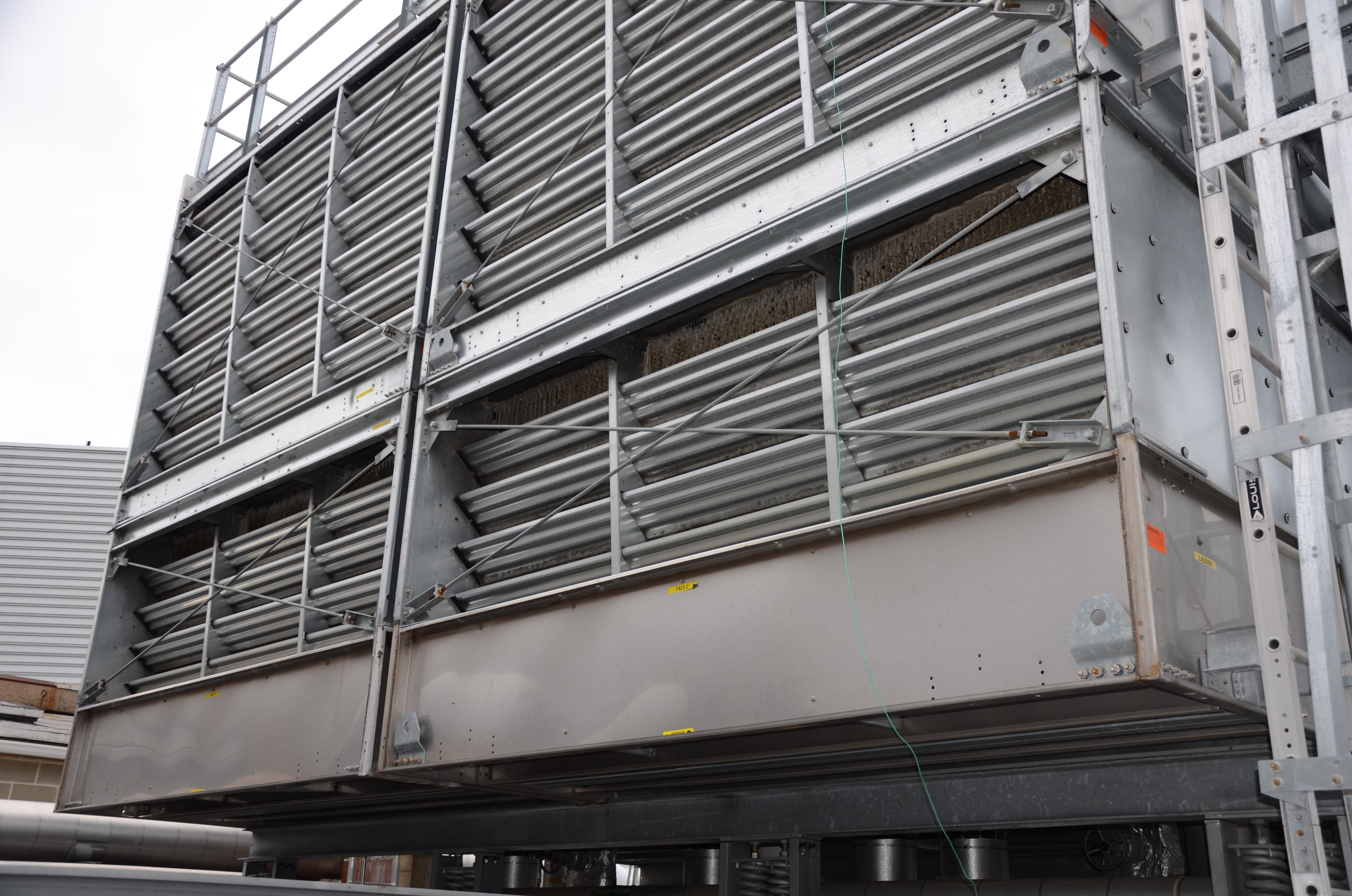
“If one of those chiller tubes springs a leak because of all the scale cleaning over the years it can cost approximately $100,000 to repair the damage — and that’s hoping you catch it before it leaks and shorts out the entire system,” Taylor said. “But an even bigger problem is if that disrupts service for the building and people can’t use it. In this area, every ounce of prevention is worth it.”
The technology is now part of the plans for all new chilled and condenser water systems at Drexel, according to Nicholas Haas, executive director of Technical Services and University Engineer, as part of the University’s efforts to maximize building energy efficiency and keep the systems operating at the highest level.
Cho’s next step is developing the system for use in large energy-generating facilities. He is also working on an addition to the technology that would use plasma technology to inactivate harmful microorganisms in cooling water.
“On a much larger scale, this technology could really improve the efficiency of our power generation utilities, in which water evaporation also plays a key role,” Cho said. “Cooling water is a basic economic input often overlooked by industry leaders and policy-makers. Cooling is the largest usage of water in the U.S. — even greater than irrigation. And it accounts for approximately 10 percent of natural energy consumption. High-efficiency, non-chemical cooling water treatment innovation — like our technology — aims to cut the efficiency crisis in the water-energy nexus at its trunk, where it is widest and most burdensome.”
In This Article
Contact
Drexel News is produced by
University Marketing and Communications.